Third Party: Forest Practices Board
APPEAL NO. 2012-FRP-003
West Fraser appealed a determination finding that it contravened FRPA by failing to achieve a visual quality objective near Bowron Lakes Provincial Park. The appeal centred on the due diligence defence and sought to revisit issues canvassed in the BC Supreme Court decision in Pope and Talbot, to which the Board was a party (discussed below, under 2007). These issues include the role of foreseeability in the due diligence analysis and the importance of foreseeability of the precise cause of the problem. This case involved reliance on computer modelling of the predicted visual impacts of logging, and what the decision-maker found to be inadequate monitoring of the actual visual impacts during harvesting. The appeal was later withdrawn by West Fraser.
Appeal withdrawn.
Third Party: Forest Practices Board
APPEAL NO. 2012-FRP-006
The appeal relates to a district manager's refusal to approve Babine's forest stewardship plan amendment that proposed a result or strategy for the visual quality objective for an area visible from Babine Lake. The district manager refused to approve the amendment because it did not meet the legal approval test. Babine claimed that the test was wrongly applied. The Board took the position that the district manager’s decision was correct because the proposed result or strategy did not conform to the legal requirement to be measurable or verifiable. During a recess at the hearing of the appeal, Babine and the government agreed to a settlement by revising the result or strategy to make it more measurable and verifiable. The Board concluded that the revisions did not go far enough but, rather than object to the settlement, the Board withdrew from the appeal.
Appeal allowed.
Consent Order: http://www.fac.gov.bc.ca/forestAndRange/2011for006a.pdf
Third Party: Forest Practices Board
APPEAL NO. 2012-WFA-002b
In 2012, the Board joined an appeal relating to a wildfire that escaped from private land to Crown land. A government official ordered the landowner to pay the government’s fire-control costs of $861,356. At issue for the Board was the scope of the manager’s authority to make such an order. The manager decided that his authority was limited to ordering the owner to pay all of the costs or none of the costs. The Board seeks to encourage fair and equitable application of legislation and in this case, the Board was concerned that the manager’s “all or nothing” interpretation could lead to unfair costs orders in some situations. The Board argued that managers have the discretion to order payment of something less than the full costs of fire control, in appropriate circumstances.
In December 2014, the FAC denied the individual’s appeal, but agreed with the Board on the interpretation point, saying: “Had this Panel decided to order less than the full amount of fire-control costs, this Panel would not have hesitated to do so, mainly as a common sense interpretation of the Wildfire Regulation based on the arguments put forward by the Board.” In January 2015, Mr. Unger appealed the FAC decision to the BC Supreme Court. In December 2015, the government and Mr. Unger reached a settlement and the appeal was abandoned.
Appeal dismissed.
FAC Decision: http://www.fac.gov.bc.ca/wildfireAct/2012wfa002b.pdf
Audit – ARC/140
August 2012
RECOMMENDATIONS
Audit – ARC/141
August 2012
REQUEST
The Board requests that the licensee report back to the Board by December 31, 2012, on the progress made in reporting required information for current and past activities in accordance with regulatory requirements.
Audit – ARC/139
July 2012
RECOMMENDATION
BCTS-CR should assess the potential environmental risk of the activities carried out by the various TSL holders and determine whether a monitoring/remediation strategy is required to minimize impacts which have occurred or to reduce the likelihood of impacts in the future.
Special Report – SR/42
June 2012
RECOMMENDATIONS
Special Investigation – SIR/36
June 2012
RECOMMENDATIONS
Complaint Investigation – IRC/181
May 2012
RECOMMENDATION
The Ministry of Environment should assess the fences that were installed near the water troughs in 2009 to determine whether any modifications to make them more wildlife friendly are necessary.
Complaint Investigation – IRC/182
May 2012
RECOMMENDATIONS
The Ministry of Environment should assess the fences that were installed near the water troughs in 2009 to determine whether any modifications to make them more wildlife friendly are necessary.
